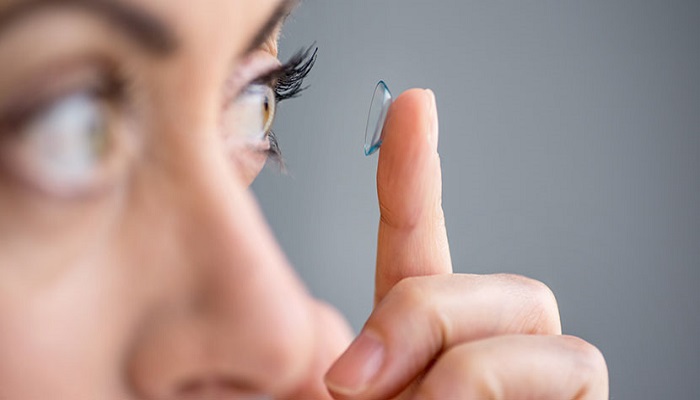Contact lenses were first created to offer relief to those that needed glasses from having to wear their spectacles every day. Since their initial creation, lenses have developed ten-fold thanks to pioneering technology that aims to offer wearers even more from their lenses. Since choosing the correct contact lenses for you is important, keeping up to date with the latest contact lens technology can be extremely beneficial.
Corrective technology
There’s a big focus on lenses not only being a great replacement for glasses wearers but also improving eyesight as they are being worn. Orthokeratology (Ortho K) or overnight vision correction, is a form of corrective technology that uses specially designed overnight lenses to alter the shape of your eye while sleeping. The main advantage of overnight vision correction is that you don’t need to wear lenses (or glasses) during the day so everyday activities are a lot easier – especially sports.
Dissolving ‘Nanowafer’ contact lenses
Using eye drops to deliver medicine to the eye can be tricky and attempting to give eye drops to children is especially difficult. To combat the eye reflexively wiping or washing away most medicines, researchers at the Baylor College of Medicine in Dallas developed an ultra-thin contact lens that delivers medicines to the eye over an elongated period. These ‘Nanowafers’ dissolve slowly and release tiny amounts of drugs into the eye – offering a more reliable and steady dosage of medicine than regular eye drops you normally administer.
Overnight contact lenses for dry eyes
Multiple new lenses are launched regularly to improve comfort, including for those who suffer from dry eyes. Overnight contact lenses can be worn for fewer hours so leave your eyes free to oxygenate for the whole day – increasing lubrication of the eye and reducing dryness.
Glucose monitoring lenses
Studies show that 4.9 million people in the UK are currently living with diabetes, with 90 per cent of those living with type 2. For people living with the condition, constantly checking blood sugar levels is disruptive – especially since it requires constant monitoring. That’s why Google’s latest lens innovation is particularly remarkable. By forming a contact lens from a small chip and glucose sensor embedded within two layers, tiny LEDs will be displayed when blood sugar levels become too high or low. While these lenses are still very much in the design stage, the company’s aim to improve the lives of diabetes sufferers with these lenses could completely change the lives of millions in the country.
Thanks to exciting developments in contact lens technology, lenses are offering wearers more than just improving their sight. Whether it’s correcting vision overnight, administering medicine, or even monitoring glucose levels, the limits of what contact lenses can do is growing by the day.


















